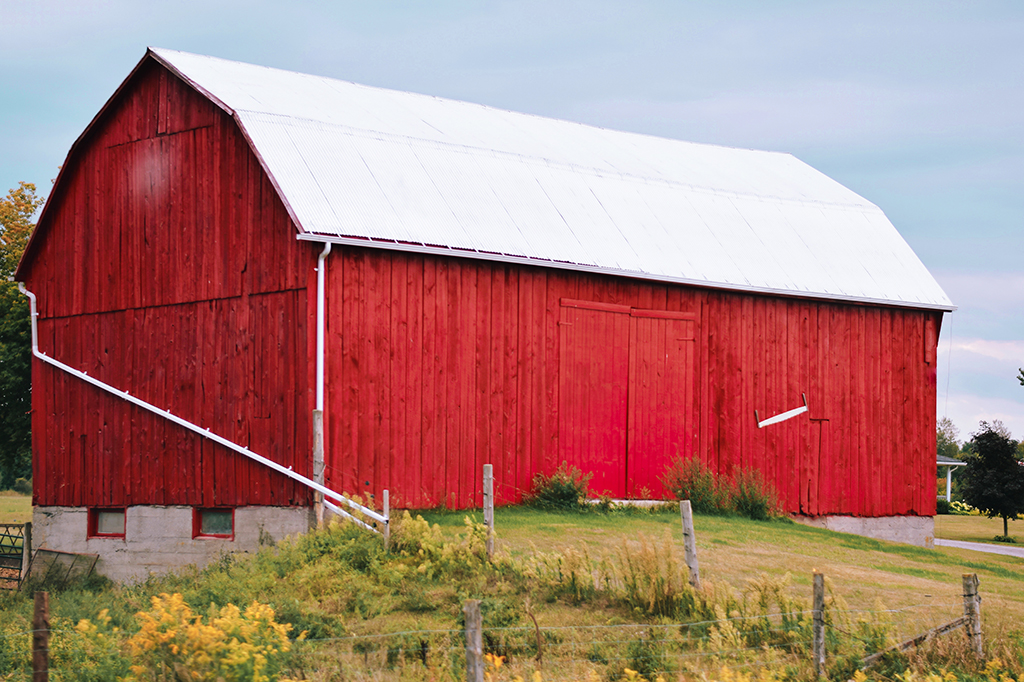The iconic red barn is a classic symbol of American agriculture, a picturesque emblem found throughout rural landscapes. But have you ever wondered why so many barns are painted in this distinct hue? The reasons are rooted in history, functionality, and tradition, weaving a fascinating story of how this color choice became synonymous with farm life.
Historical Origins
The tradition of painting barns red dates back to the early days of American farming. However, the choice of red was not initially due to the paint itself but rather a treatment process. Early farmers in the 1700s and 1800s sought ways to protect their barns’ wood from the elements without the expense of paint. They turned to a mixture of linseed oil, milk, and lime, which served as a sealant to keep the wood from rotting. To this concoction, they often added ferrous oxide, or rust, which was plentiful and cheap. Rust was known to kill fungi and moss that might grow on barn surfaces, adding a protective layer to the wood. This mixture gave the barns a reddish hue, which became associated with well-maintained, fungus-free structures.

The Advent of Paint
As the paint industry evolved, red pigments became among the cheapest and most widely available. This availability made red paint an economical choice for farmers looking to protect and maintain their wooden barns. The red pigment was durable and stood up well to the elements, making it an ideal choice for exterior barn paint. Over time, what began as a practical solution evolved into a cultural tradition, with red becoming the color of choice for barns across the country.
Psychological and Practical Reasons
Beyond the historical and economic reasons, there are also practical and psychological factors behind the color choice. Red is a color that stands out against the natural green landscape of a farm, making barns easily visible from a distance. This visibility could be crucial in times of fog or at dusk, helping farmers and visitors locate the barn. Psychologically, red is a warm and inviting color, which could make the barn—a central hub of activity on the farm—seem more welcoming.

A Symbol of Tradition
Today, the choice to paint a barn red often pays homage to tradition and heritage. While modern barns may not require the same protection from the elements thanks to advancements in building materials and techniques, the red barn stands as a nostalgic nod to the past. It represents the enduring strength, hard work, and resilience of the farming community.
Conclusion
The red barn is more than just an agricultural necessity; it’s a cultural icon that carries with it stories of innovation, practicality, and tradition. From the early days of American farming to the present, the reasons why barns are painted red encompass a blend of historical necessity and aesthetic choice, symbolizing the heart and soul of rural life.




